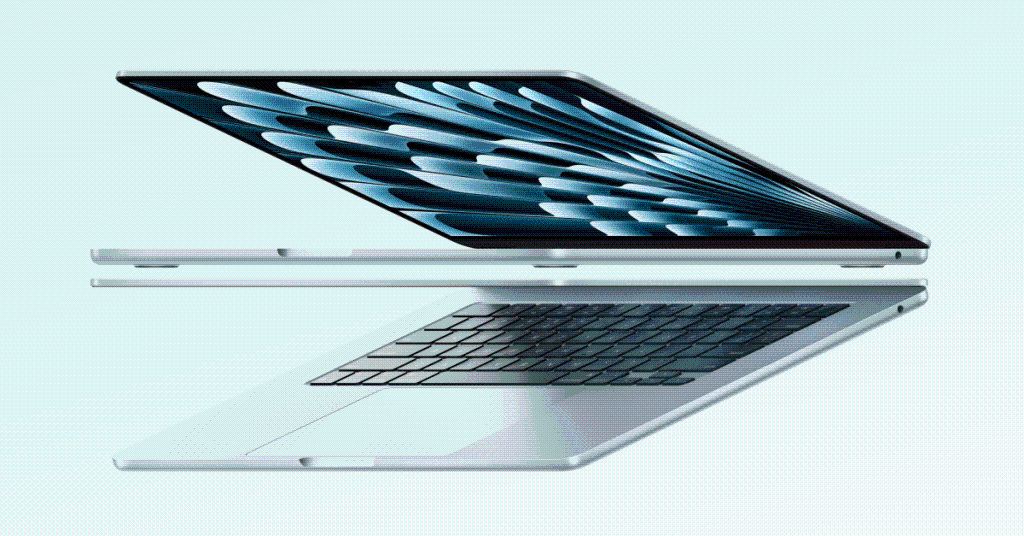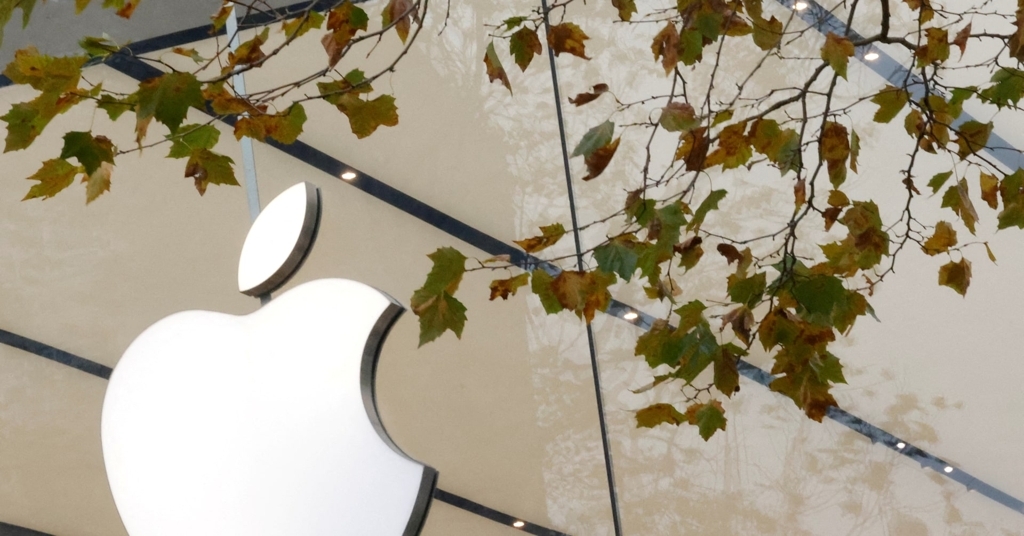EU Mandates USB-C Charging to Simplify Tech and Cut Waste
Explore how the EU's new USB-C regulation simplifies charging, reduces electronic waste, and offers cost savings for consumers across multiple devices.
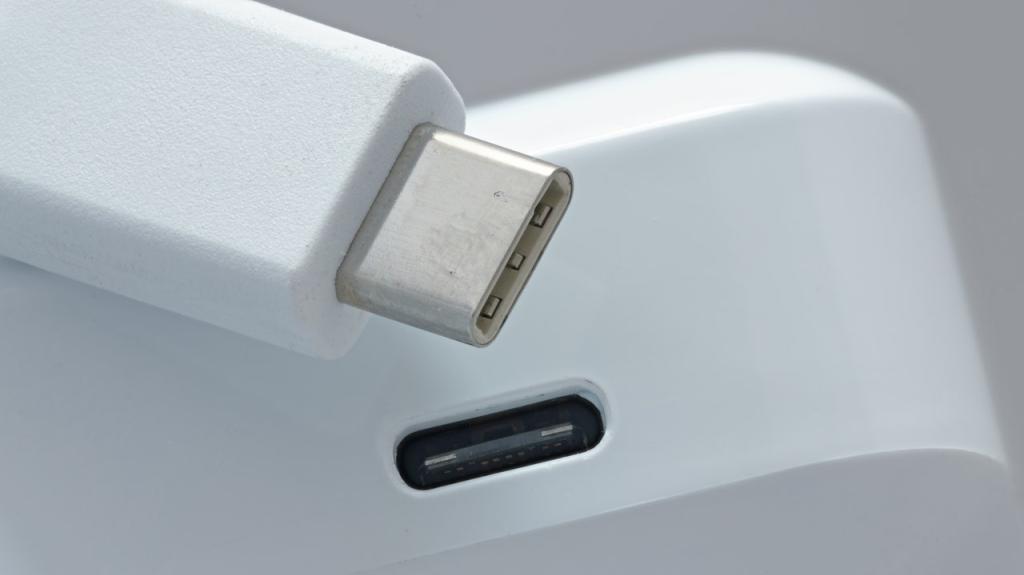
Key Points
- The EU's new USB-C regulations aim to standardize charging across devices, simplifying the experience for consumers.
- This move is expected to save households approximately €250 million annually and significantly reduce electronic waste.
- While laptops will have additional time to comply, the directive encourages manufacturers to adopt environmentally responsible practices and improved labeling.
As of December 28, 2024, the European Union will officially implement new regulations mandating that all electronic devices in the region use USB-C charging ports. This significant change aims to simplify the charging experience for consumers while addressing the growing issue of electronic waste. This move is not just about standardization; it represents a shift towards a more sustainable and user-friendly approach in the tech industry.
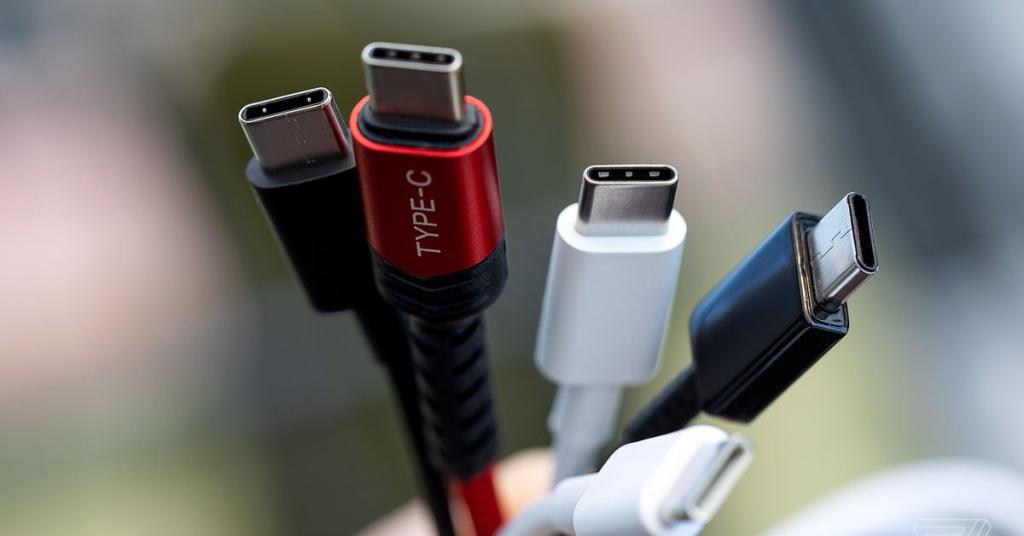
Understanding the Directive: Key Components
The directive, known colloquially as Directive 2022/2380, requires all manufacturers within the EU to adopt USB-C as the common charging solution for a range of devices, including smartphones, tablets, headphones, and more. The goal is to not only streamline the consumer experience but also to significantly reduce the estimated 11,000 tonnes of electronic waste generated annually by discarded chargers.
Moreover, the directive introduces regulations around fast charging and mandates clear labeling on packaging, allowing consumers to understand their devices' charging capabilities better. This shift addresses market fragmentation and empowers users with greater choice and flexibility.
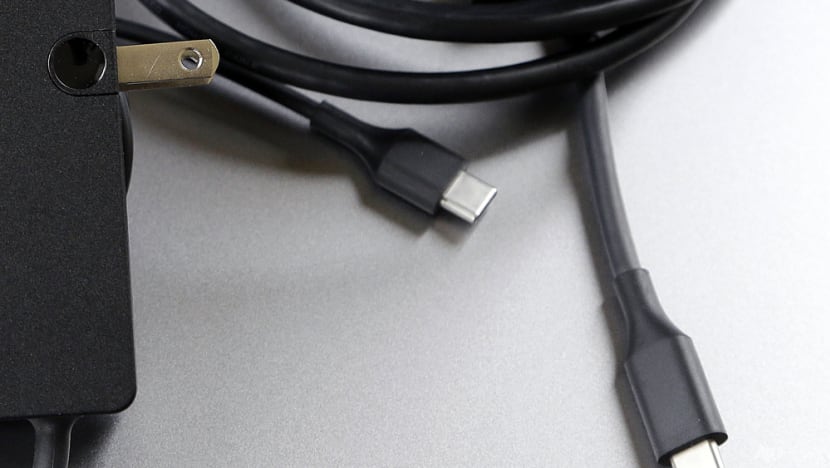
Benefits for Consumers
One of the most immediate benefits for consumers is cost savings. The EU estimates that households could save around €250 million per year by reducing the purchase of unnecessary chargers. By permitting consumers to choose whether they need a new charger when purchasing a device, this regulation aims to minimize clutter and waste.
The benefits extend beyond cost savings; the simplification of charging cables means users no longer need to remember which charger belongs to which device. This uniformity is particularly beneficial for those who own multiple devices, as they can now rely on a single USB-C cable for their smartphones, tablets, and other accessories.

Environmentally Responsible Move
The transition to USB-C is also a substantial step towards promoting environmental sustainability. With millions of chargers discarded each year contributing to significant electronic waste, the EU’s directive is a proactive measure to combat this growing concern. By standardizing the charging port, the directive aims to reduce the number of obsolete chargers and cables cluttering our homes and landfills.
Moreover, this directive is not entirely unprecedented. Prior to this mandate, several manufacturers had already begun phasing out proprietary connectors. Notably, Apple transitioned to USB-C with its latest device releases. This trend highlights a growing acknowledgment within the industry regarding the need for standardized solutions.
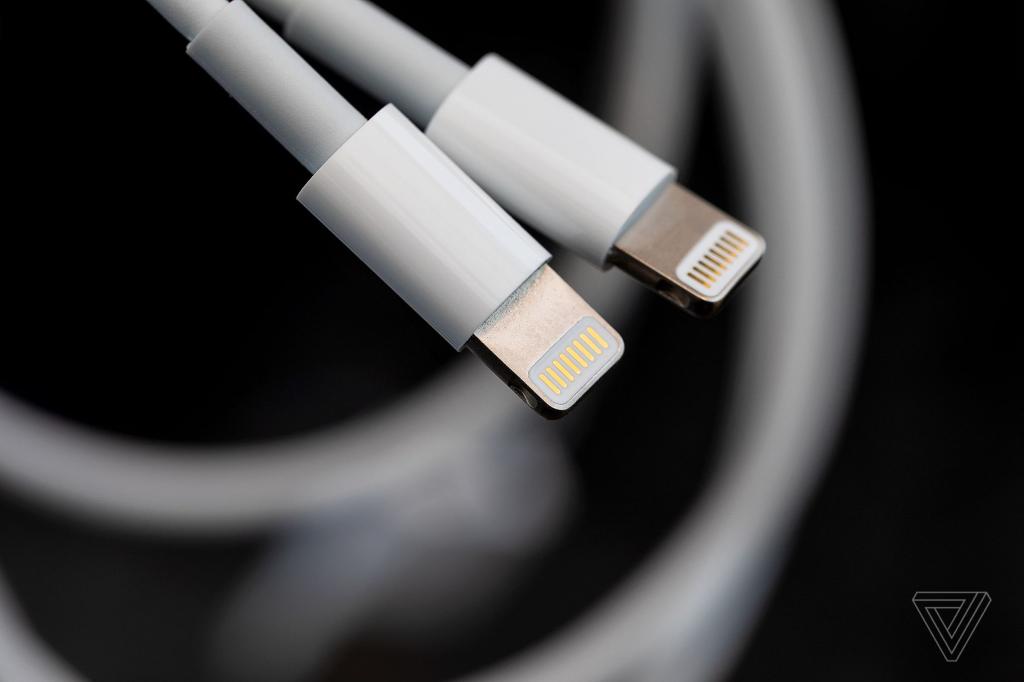
Challenges Ahead
While the directive is set to simplify the landscape for users, some challenges remain. The regulation does not cover wireless charging, and several areas—such as drones—are not explicitly mentioned, leaving room for interpretation and future adjustments. Furthermore, laptops will have until 2026 to comply, indicating a phased approach to ensure manufacturers can adapt.
Enforcement of these regulations will also depend heavily on individual EU member states. They will have the power to impose penalties for non-compliance, making it essential for companies operating within the bloc to adapt swiftly.

A Bright Future for Tech Lovers
The introduction of USB-C as the universal charging standard in the EU is a major step towards a more organized, cost-effective, and environmentally responsible tech ecosystem. As consumers increasingly demand convenience and sustainability, regulations like these pave the way for significant industry shifts.
Ultimately, the common charging solution not only benefits consumers financially but also promotes a greener future. By embracing these changes, we move closer to a more cohesive approach in technology that prioritizes efficiency and responsibility. As we transition into this new era, both manufacturers and consumers can look forward to a more streamlined and sustainable electronic experience.

